(Photo Credit: rewildingmag.com)
Have you heard of the term "rewilding"? It is starting to become a hot topic and we are excited to talk about why. In the broader scope "rewilding is comprehensive, often large-scale, conservation effort focused on restoring sustainable biodiversity and ecosystem health by protecting core wild/wilderness areas, providing connectivity between such areas, and protecting or reintroducing apex predators and highly interactive species (keystone species)." (rewilding.org)
Rewilding.org also shares that "rewilding is necessary wherever the balance of ecosystem function has been perturbed--where sufficient wild lands are not protected, connectivity has been compromised, or biodiversity has been diminished. Bird, butterfly, and other airborne species breeding places, wintering places, and their aerial migration pathways, and similar ecological components of marine species would also be appropriate for rewilding."
What we are focusing on today, however, is more local and not as large-scale. This may be your first time hearing about discussions around manicured lawns and how they aren't great for the environment, so let's delve into that for a moment. According to Discover Magazine "the U.S. claims an estimated 163,800 square kilometers of lawn space across the country, including parks and golf courses. That’s basically the combined land mass of Maine, New Hampshire, Vermont and Massachusetts. But cultivating your own minuscule patch of turf comes with a number of ecological and environmental consequences. The unsustainable risks range from a depletion of water aquifers to the devastation of local ecosystems. A perfect lawn can also contribute to rising carbon dioxide emissions."
As the popularity of lawns grew in the United States, many of the grasses that were being used to create lawns were from Europe (and still are today). Some areas of the U.S. have ecosystems that can handle these types of grasses, while many other areas are not meant to sustain these kinds of grass.
"The grasses used in your typical cookie-cutter home don't thrive naturally in arid areas. If you are in the desert, or even in an area that doesn’t get substantial rain in the summer, you likely need to pump groundwater stored in depleting aquifers to maintain your grass," shares Discover Magazine.
What you may not realize is that a manicured lawn is a monoculture - which means there isn't much biodiversity and doesn't support a thriving ecosystem. "Pollinators like bees, moths and butterflies are vital for the growth of your flower bed, apple trees and the farms surrounding your town. Without pollinators there would be no cherry blossoms or berries. Without berries, and the insects that live on the plants, birds would be hard-put to make a living in your neighborhood," states Discover Magazine.
Additionally, they share that "by giving space in your yard to bushes, plants and trees of different sizes, you can diversify the types of ecosystem niches available to the bees and birds. You can even help to diversify your yard by changing the height of the grass itself." Beyond biodiversity and supporting a healthy, thriving ecosystem, rewilding can reduce carbon emissions. Lawnmowers can emit greenhouse gasses into the environment and negatively impact air quality and surrounding ecosystems -- the more time you give to your spaces to grow naturally and natively, the healthier all around it can be!
What are some beginner ways to rewild your yard or land?
1) Find native plants, flowers and trees to your area and begin to plant them in your space.
2) Opt out of using pesticides and synthetic fertilizers and instead go for organic composting, ground cover and mulching.
3) Say hello to the push mower!
4) Opt out of raking up your leaves. Believe it or not, leaving fallen leaves will end up protecting the ground, becoming food for mushrooms, worms and insects as well as making the soil more fertile.
5) Add a bird or bee bath, or small depressions where insects and animals can come to enjoy the natural space you're creating!
Want more ideas? Check out this article by Family Handyman for inspiration.
What do you think? Are you ready to start rewilding?! We sure are.

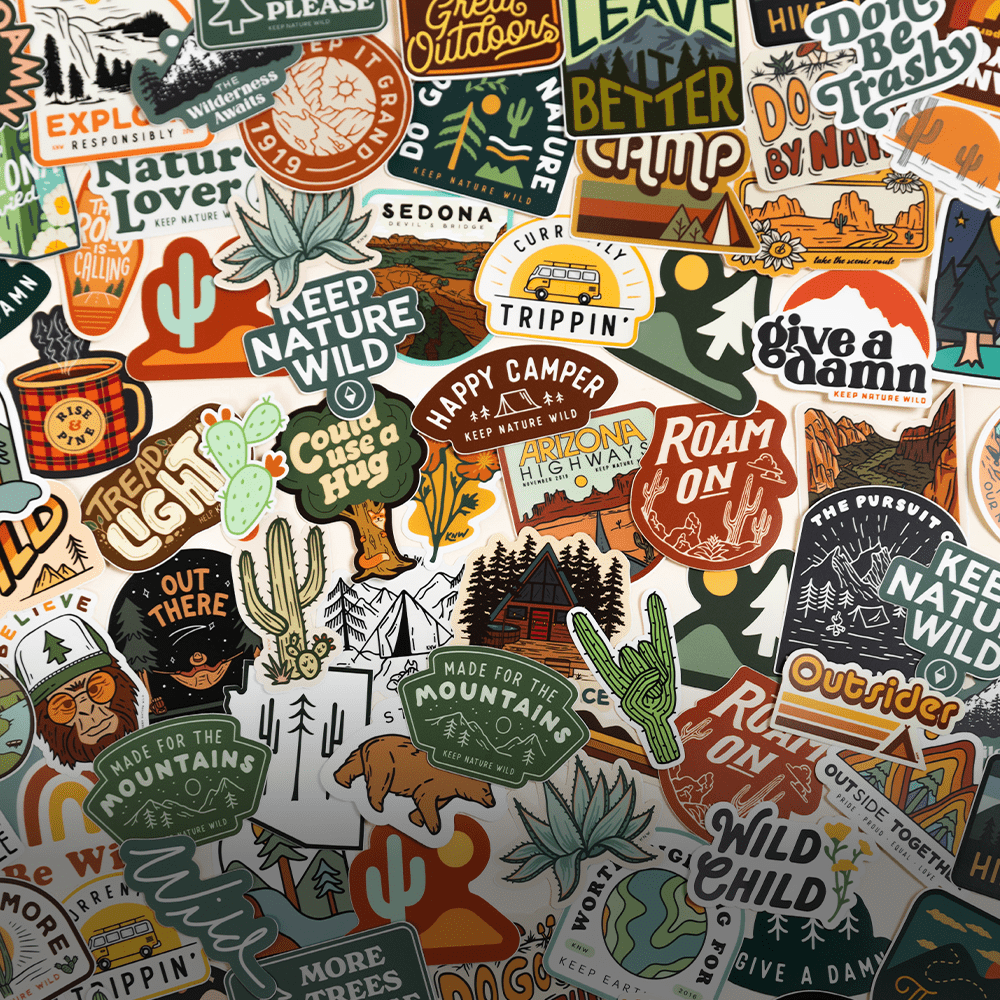
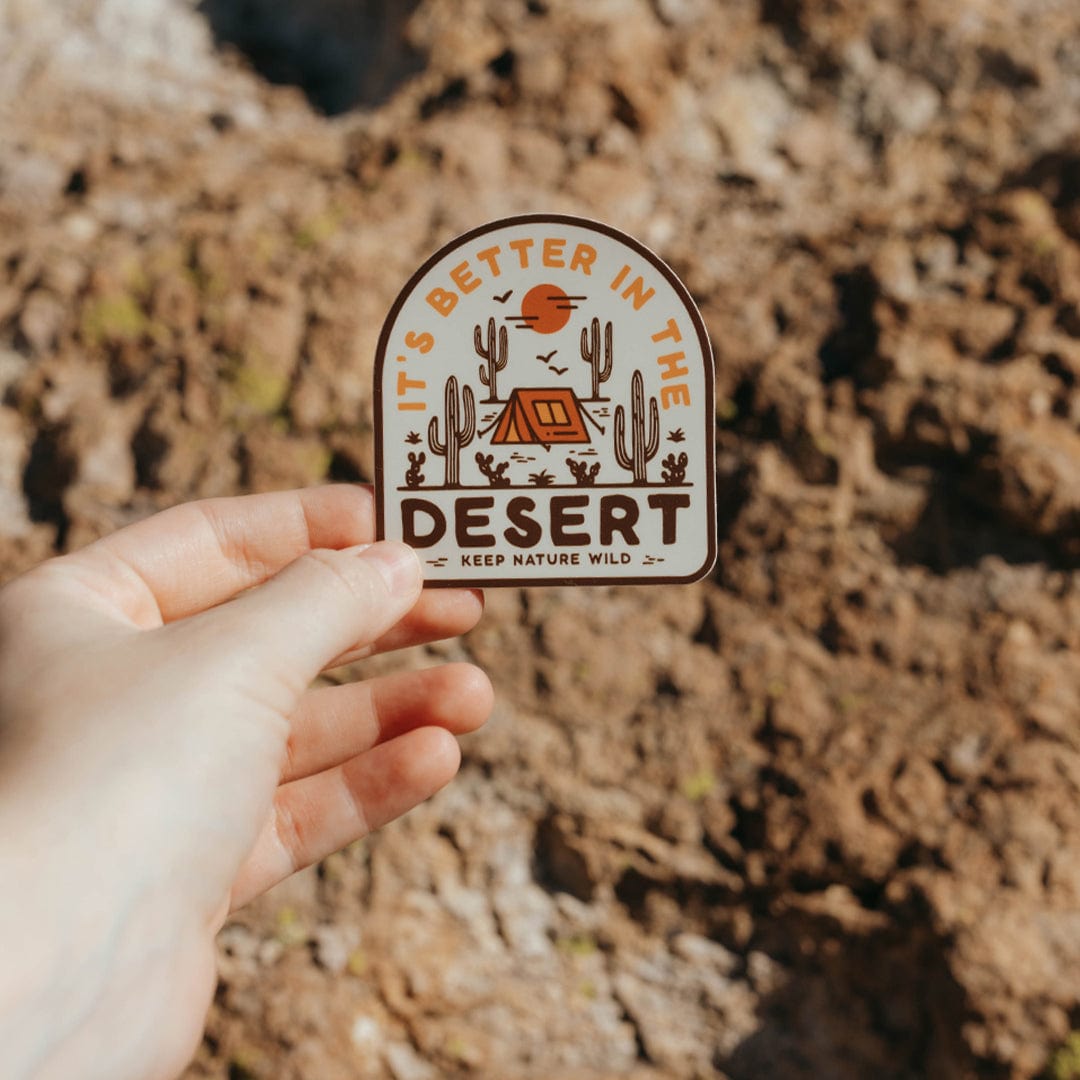
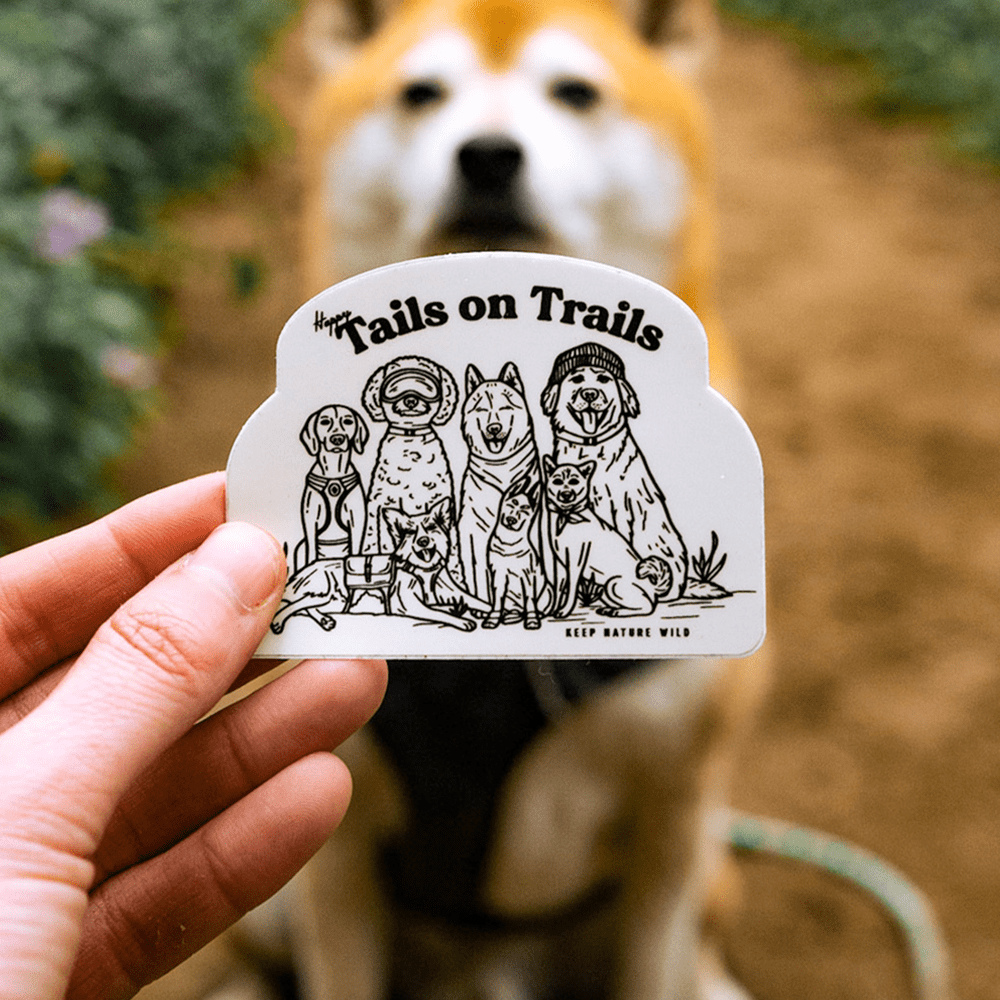
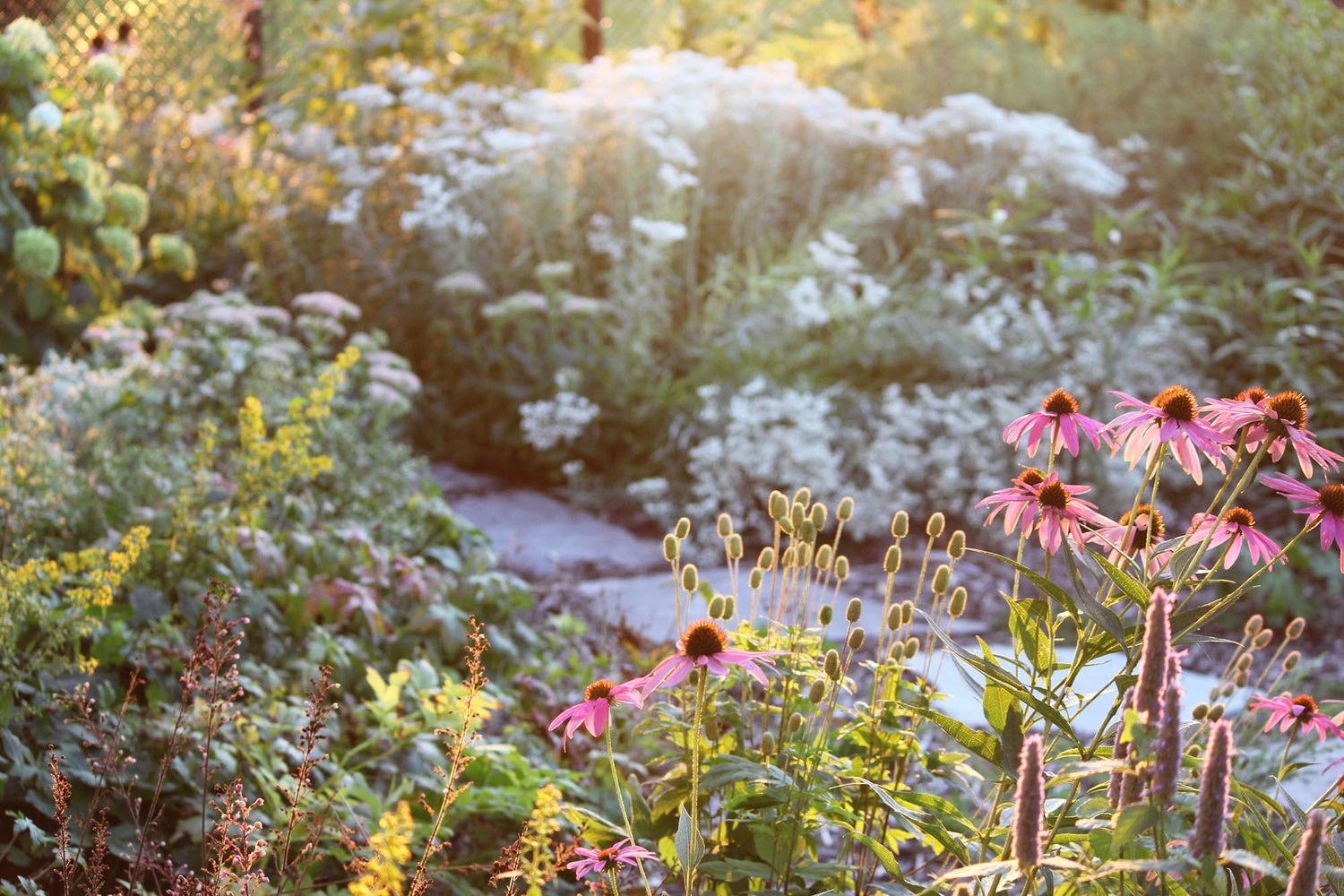
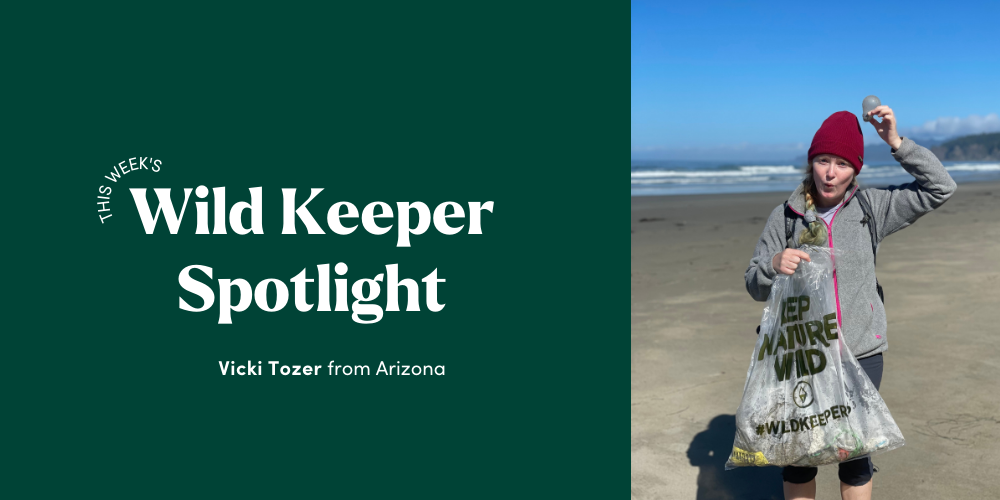
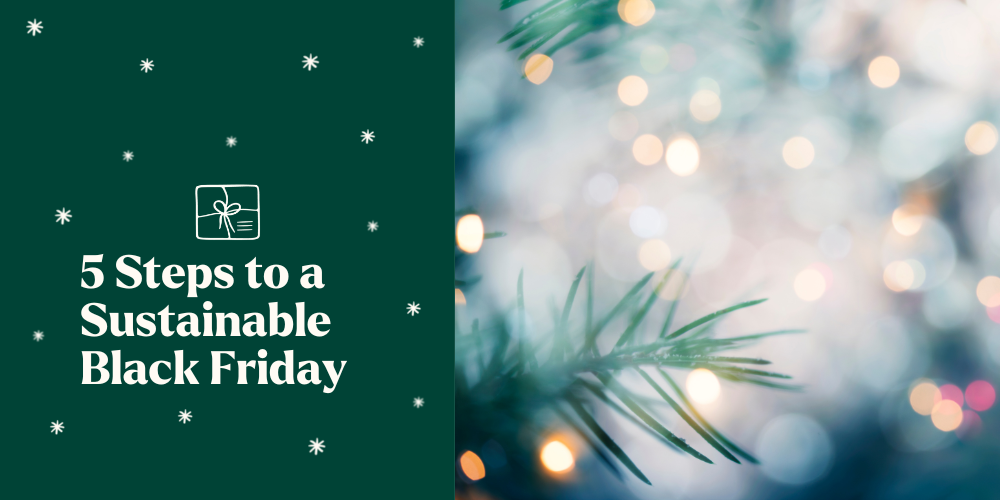
Leave a comment
All comments are moderated before being published.
This site is protected by hCaptcha and the hCaptcha Privacy Policy and Terms of Service apply.